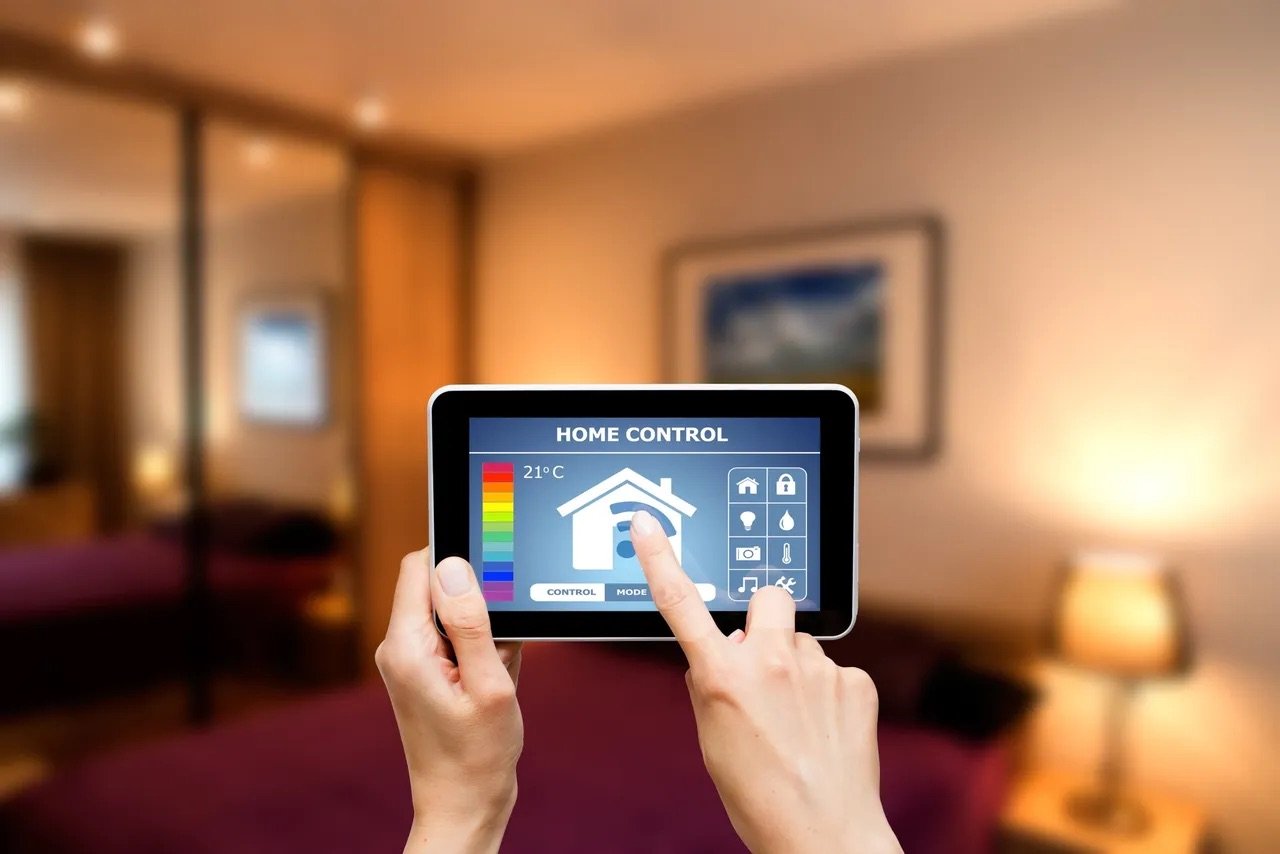Decarbonising Buildings Part 2: Smart Tech
In the world of Passive House standards, energy efficiency and comfort are key, but smart technology is the missing link that can make the journey smoother. Smart thermostats, energy monitoring systems, and smart energy meters are essential tools that not only fine-tune our energy usage but also help us achieve sustainability targets more efficiently. These technologies bridge the gap between our current practices and the ultra-efficient, sustainable living spaces of the future. By integrating smart devices into our homes, we take a significant step forward—benefiting both the planet and our personal well-being.
Decarbonising Buildings Part 1: Building Materials
The journey toward decarbonising buildings involves navigating a complex web of materials, each with varying carbon footprints. While reducing 'upfront carbon'—the emissions tied to material production and transport—is a key focus, it's essential to remember that materials with high initial carbon footprints can still play a positive role in sustainability if used thoughtfully.
In this article, we explore the carbon impacts of common construction materials, such as concrete, steel, timber, and insulation, and offer strategies for optimising their use to minimise emissions while maximising energy efficiency. For instance, concrete, known for its thermal mass, can stabilise indoor temperatures when insulated externally, reducing heating and cooling demands. Steel, though conductive and prone to thermal bridging, can be efficiently used with external insulation to support the structure while limiting carbon emissions. Timber, with its natural insulation properties and ability to act as a carbon sink, shines as a sustainable choice when sourced responsibly. Lastly, insulation materials—ranging from PIR foams to natural fibers like wool—each contribute to lowering a building's operational carbon footprint when selected for their specific moisture and thermal management qualities.
Our goal is not to eliminate high-carbon materials entirely, but to employ them wisely, in ways that align with the overarching objective of reducing the carbon footprint of our built environment. By carefully considering the lifecycle impact of these materials and focusing on operational carbon reduction, we can move closer to creating sustainable, energy-efficient buildings.


